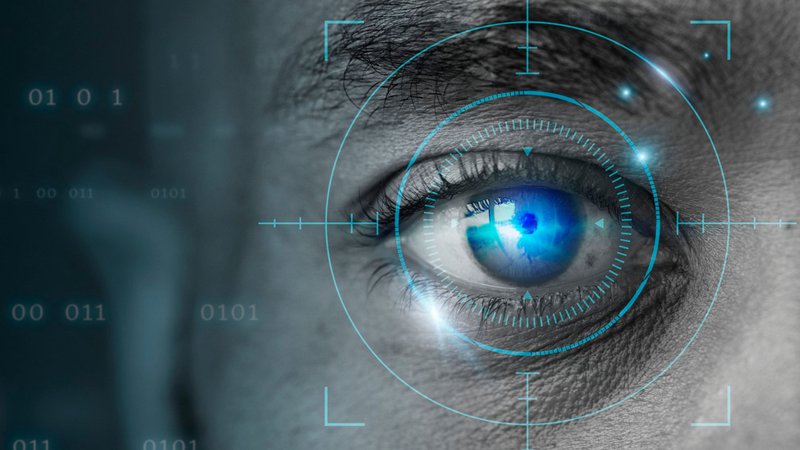
The Rise of Eye-Tracking Technology: What it Means for Road Safety
Introduction
Eye-tracking technology, initially popular in neuroscience and marketing, has found its way into the automotive industry, promising groundbreaking improvements in road safety. With capabilities to monitor driver attention, detect drowsiness, and assess the impact of infrastructure design, thus technology holds immense potential to reduce road accidents. T his blog explores the evolution of eye-tracking, its application in modern vehicles, and its transformative impact on road safety.
Understanding Eye-Tracking Technology
Eye-Tracking technology uses cameras, infrared light, and algorithms to analyze where and how long driver focuses on specific elements in their field of view. By studying patterns of eye movements and fixations, researches can infer a driver's level of attentions, distractions, and reactions to environmental stimuli.
The implementation of eye-tracking in driving studies reveals critical data about human behavior behind the wheel. For instance, research shows that drivers spend significant time looking at distractions, such as smartphones or navigation screens, rather than focusing on the road. These insights form the basis for developing interventions to mitigate risks.
The Role of Eye-Tracking in Enhancing Road Safety
1.- Driver Behavior Analysis
Eye-tracking provides unparalleled insights into driver behavior, highlighting patterns thar lead to unsafe driving. For example, studies conducted in both urban and simulated environments demonstrate that drivers allocate attention differently depending on road designs, such as intersections or roundabouts.
In one case, drivers navigating an urban arterial were studied using eye-tracking devices to assets their responses to pedestrians, vehicles, and road signs. Results revealed that inadequate attention to pedestrian crossing or poor signage placement significantly increased risks
2.- Detecting Drowsiness and Distractions
Modern eye-tracking systems in vehicles, such as those developed by EyeGaze, can detect drowsiness by monitoring blinking rates and eyelid closures. If a driver shows signs of fatigue the system issues alerts or triggers automated interventions like reducing vehicle speed or steering correction
Similarly, eye-tracking identifies distractions caused by in-car systems like navigation displays. Research suggest optimizing screen placement and interaction designs can significantly reduce cognitive load on drivers.
3.- Infrastructure Assessment
Beyond individual behavior, eye-tracking technology evaluates the effectiveness of infrastructure designs. By analyzing where drivers focus their attention, researchers can assess the visibility and comprehensibility of road signs, markings, and layouts.
For instance, properly placed speed limit signs and intuitively designed intersections have been shown to enhance driver response times. This information is vital for urban planners and engineers seeking to create safer roadways.
Integrating Eye-Tracking into Vehicle Technology
1.- Advanced Driver Assistance Systems (ADAS):
ADAS systems leverage eye-tracking to enhance safety by monitoring the driver's gaze and issuing real-time alerts. These systems can detect when a driver is not looking at the road and provide audio or visual prompts to regain their attention.
2.- Autonomous Vehicles
In semi-autonomous vehicles, eye-tracking ensures drivers remain engaged and ready to take control if needed. This technology bridges the gap between manual and fully autonomous driving, offering a layer of safety during transitional phases.
3.- Fleet Management
Commercial fleets can benefit from eye-tracking systems to monitor driver behavior and enforce safety standards. By identifying patterns of distraction or fatigue, fleet managers can implement targeted training programs to improve overall safety.
Challenges in Adoption
Despite its potential, integrating eye-tracking technology faces challenges:
- Cost: High costs of implementation make it less accessible for mid-range and economy vehicles.
- Accuracy in Diverse Conditions: Performance may vary in different lighting or weather conditions, requiring further refinement.
- Privacy Concerns: Continuous monitoring raises concerns about data privacy and ethical usage.
Future Directions
1.- Affordability and Accessibility
As technology evolves, eye-tracking systems are becoming more cost-effective, increasing their adoption in consumer vehicles.
2.- Integration with Artificial Intelligence
AI integration can enhance the predictive capabilities of eye-tracking systems, allowing vehicles to anticipate diver errors and prevent accidents proactively.
3.- Policy and Regulation
Governments and regulatory bodies must develop standards for eye-tracking data usage to ensure ethical implementation while promoting safety.
Conclusion
Eye-tracking technology is revolutionizing road safety by providing deep insights into driver behavior and enabling smarter vehicle systems. By addressing the challenges of distraction, drowsiness, and poor infrastructure design, it has the potential to save countless lives. As the technology matures, its integration into everyday driving scenarios will mark a new era of safety and efficiency on our roads.